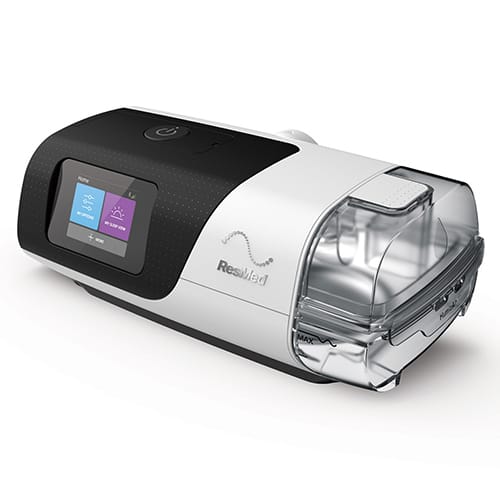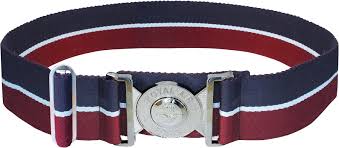As consumers become more eco-conscious, businesses are shifting to sustainable packaging solutions. Candle packaging is no exception. Using eco-friendly materials helps protect the planet while adding value to the product. Let’s explore natural and organic materials that are great choices for sustainable candle packaging.
Recycled Kraft Paper Packaging
Recycled kraft paper is one of the most popular eco-friendly materials. It’s made from post-consumer waste and doesn’t require new trees to be cut down. Kraft paper has a simple, rustic look that fits well with natural products. It is biodegradable and breaks down quickly without harming the environment.
This material is strong and lightweight, making it perfect for packaging. It also offers great printing quality. Businesses can still showcase their logos and designs without using plastic-based laminations. Kraft paper also resists tearing, helping protect delicate candle jars inside.
Another benefit is that kraft paper doesn’t need harsh chemicals during production. This reduces pollution and energy use. Some manufacturers also use soy-based inks, which are better for the planet than petroleum-based inks.
Additionally, kraft paper candle boxes can be reused by customers for small storage or crafts. That adds a second life to the box before it’s recycled or composted. When used creatively, it becomes part of the brand’s eco story.
Bamboo Pulp Packaging
Bamboo pulp is an innovative and fast-growing option in green packaging. Bamboo is one of the fastest-growing plants in the world. It matures in just three to five years, making it a renewable resource. It also requires no pesticides and very little water.
Packaging made from bamboo pulp is durable yet soft to the touch. It feels luxurious but remains biodegradable and compostable. This combination of eco-friendly and premium feel makes it a perfect match for natural products.
Manufacturers can mold bamboo pulp into different shapes. That means it can be custom-formed to cradle and protect candles during shipping. Despite its softness, it provides solid protection for the product.
Another advantage is that bamboo absorbs carbon dioxide during growth, helping to fight climate change. Its natural fibers also break down easily, without releasing toxins.
More businesses are adopting bamboo packaging as a stylish and responsible alternative to plastic. It supports a greener image while offering excellent product safety and user experience.
Hemp-Based Packaging
Hemp is an ancient plant known for its strength and sustainability. It’s now gaining attention for its use in eco-packaging. Hemp grows fast and improves the soil, making it one of the most sustainable crops. It needs less water than cotton and no harmful chemicals.
Packaging made from hemp fiber is tough and durable. It offers protection during shipping and handling. The texture has a natural charm that works well for handmade and organic products.
Hemp packaging is also biodegradable. It returns to the earth without polluting the soil or water. Customers looking for a plastic-free lifestyle appreciate this choice.
In recent years, manufacturers have mixed hemp with recycled paper to create boxes that are both strong and eco-conscious. These blends reduce overall resource use and add a unique look to the product.
Designers can easily print on hemp surfaces using soy or water-based inks. This keeps the entire packaging process green. While still new in the market, hemp packaging is already helping brands stand out with a clean, earth-friendly message.
Mushroom-Based Packaging
Mushroom packaging is an exciting innovation in the eco-friendly market. It’s made using agricultural waste and mushroom roots, also called mycelium. The material is grown in molds to fit specific shapes, which helps protect fragile items like candles.
One of the biggest benefits is that mushroom packaging is home compostable. It breaks down in a garden compost pile within weeks. It leaves behind no waste or harmful chemicals.
This material is light yet strong. It absorbs shock, which helps protect products during shipping. The surface can be customized to match brand themes, giving businesses both style and sustainability.
Mushroom packaging also reduces farming waste by using leftover corn husks and other byproducts. Instead of burning or dumping this waste, it becomes useful again.
Companies looking to show leadership in green efforts often choose mushroom packaging. It’s still a new concept, but its natural process and low energy use make it one of the most sustainable options.
Organic Cotton Packaging
Organic cotton is widely known for clothing, but it’s also a useful packaging material. It offers a soft, elegant touch while being reusable and biodegradable. Cotton used in packaging is often turned into pouches or wraps rather than rigid boxes, giving a luxurious unboxing experience.
Organic cotton is grown without pesticides or synthetic fertilizers. That protects the soil and water systems. It’s safe for both farmers and the environment.
Customers love reusable cotton bags. These can be used again for storage or travel, reducing the need for single-use packaging. They also act as a reminder of the brand, which increases customer loyalty.
Although cotton has a higher production cost, its benefits outweigh the price for eco-focused businesses. It adds a personal, thoughtful touch that appeals to environmentally aware consumers.
The design of cotton packaging can be minimal or detailed. Brands often use natural dyes or simple prints to reflect their earth-friendly values. The packaging becomes part of the product experience, not just a container.
Sugarcane Bagasse Packaging
Sugarcane bagasse is the dry fibrous material left after juice is extracted from sugarcane. Instead of throwing it away, manufacturers use it to make biodegradable packaging. This reduces waste and supports a circular economy.
Bagasse packaging is lightweight and sturdy. It handles moisture well, making it ideal for products like candles that may release oil or wax. It’s also microwave and freezer safe, though that’s more useful in food packaging.
Its natural color and texture match the aesthetic of green products. The surface is good for printing, and water-based inks keep the design process eco-friendly.
Bagasse breaks down in compost without leaving toxic residues. It returns nutrients to the soil, closing the loop in the life cycle.
Using this material helps reduce pressure on forests and landfill sites. It supports agricultural recycling and offers brands a chance to talk about sustainability in real terms.
Seed Paper Packaging
Seed paper is one of the most creative forms of green packaging. It’s made from recycled paper blended with flower or herb seeds. After using the packaging, customers can plant it in soil. With water and sunlight, it grows into a plant.
This adds a special touch to the product. It turns the box into an interactive, nature-friendly gift. It also helps reduce waste because the packaging doesn’t end up in the bin.
Seed paper is handmade, which adds charm and uniqueness. It’s best for small items like candles where the packaging itself becomes part of the customer journey.
The seeds inside can vary—wildflowers, lavender, basil, and others. These help pollinators and support urban gardening. It creates a deeper emotional link between the brand and the buyer.
Customers often share their planting experience online, giving natural word-of-mouth promotion to the business. This helps brands grow their image while staying true to their green values.
Final Thoughts
Choosing the right eco-friendly packaging builds trust with eco-conscious customers. Natural materials like hemp, bamboo, and seed paper offer both beauty and responsibility. Whether it’s recycled cardboard or mushroom-based foam, these materials reduce harm to the environment while protecting delicate products. Businesses can reflect their values through their packaging choices. The use of sustainable options for candle boxes is a smart step toward a greener, more thoughtful future.







0 Comments